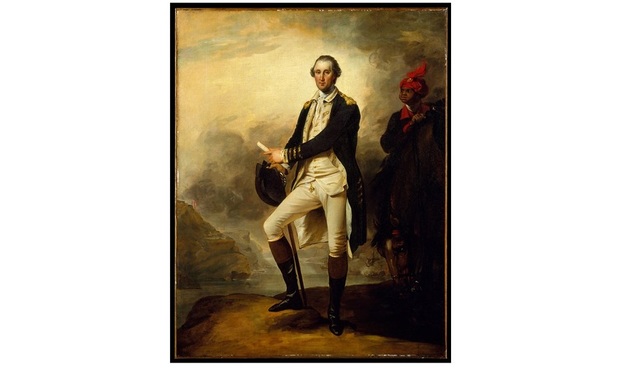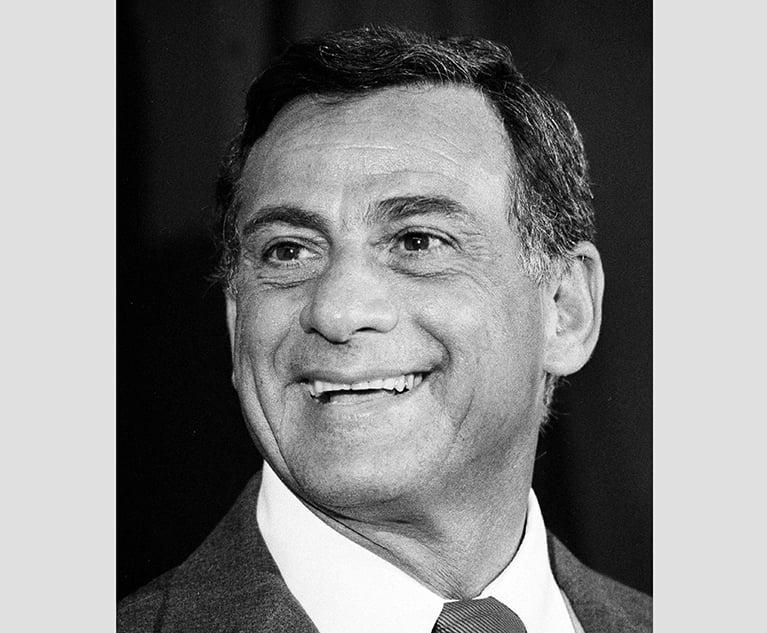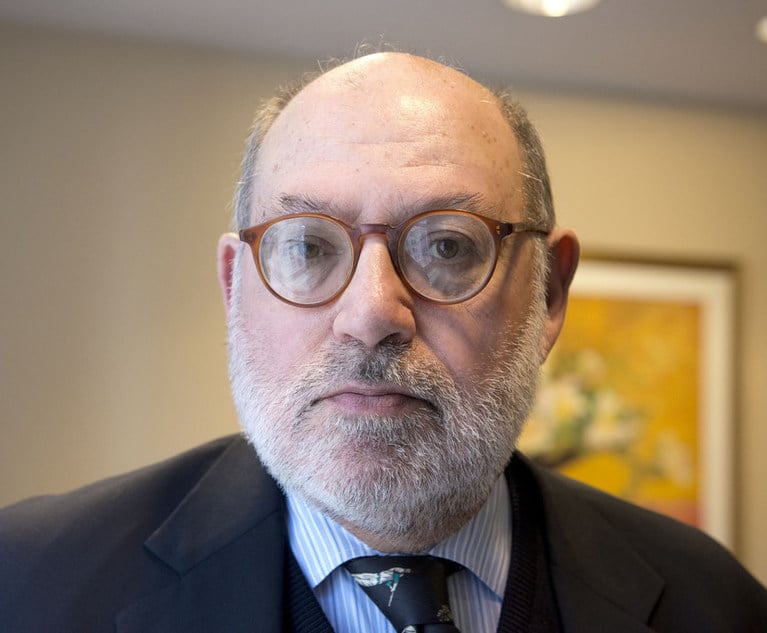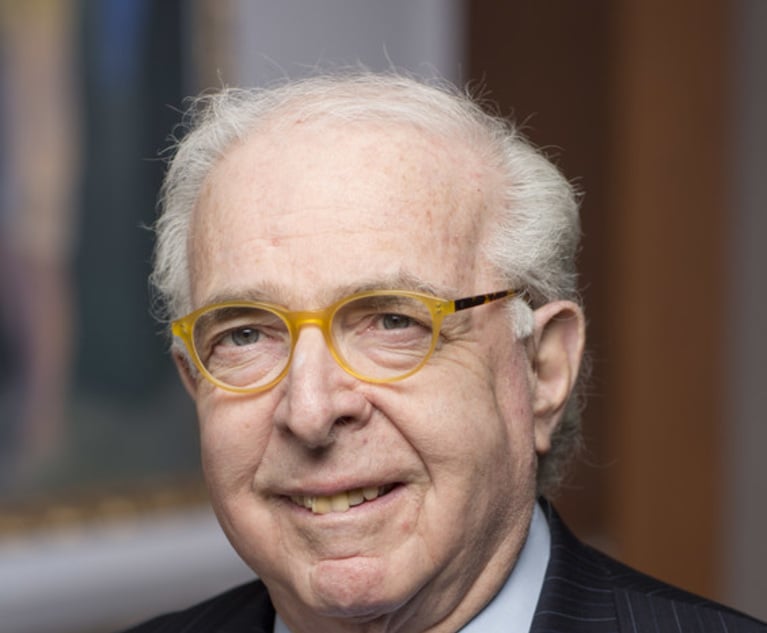Most people have likely only seen John Trumbull’s (1756-1843) four paintings hanging in the U.S. Capitol Rotunda while watching videos of the January 6 mob attack. The contrast between the subject matter of the paintings in the background (each 12×18 feet), and the insurrection could not be more jarring. Between 1818 and 1824 (with funds authorized by Congress in January 1817 and the political endorsement of President Monroe), Trumbull painted two unprecedented political events in world history which carried utmost moral significance—The Declaration of Independence (reverse of the $2 bill), and General Washington Resigning His Commission (December 1783)—and two great military events—Surrender of General Burgoyne at Saratoga (October 1777), the turning point in the war, and Surrender of General Cornwallis at Yorktown (October 1781), which essentially ended the war.
Trumbull had a personal connection with the subject matter of each painting. He was aide-de-camp to Washington; he was given the rank of colonel by Major General Horatio Gates who beat Burgoyne; the subject of The Declaration was probably suggested by Thomas Jefferson when Trumbull visited him in Paris in 1786; and he was an eye witness to the shock in Europe when Washington voluntarily resigned, behavior not in the European political/military playbook.


 John Trumbull, ‘George Washington and William Lee’, 1780, Metropolitan Museum of Art
John Trumbull, ‘George Washington and William Lee’, 1780, Metropolitan Museum of Art




